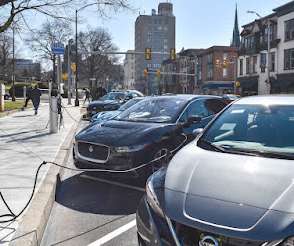DEP Invests Over $2.7 Million In Alternative Fuel Transportation Projects To Improve Air Quality & Public Health, Reduce Greenhouse Gas Emissions
PA Environment Daily
JANUARY 21, 2022
The AFIG Program funds projects that replace older gasoline- or diesel-fueled vehicles with cleaner fuel vehicles that helps reduce emissions of carbon monoxide, particulate matter, volatile organic compounds, nitrogen oxides, and carbon dioxide, a principal greenhouse gas.












Let's personalize your content